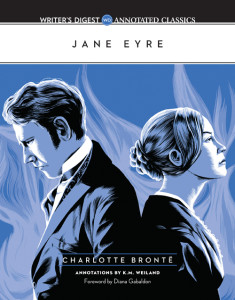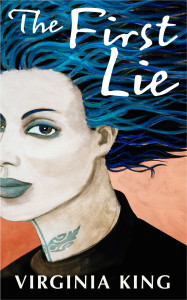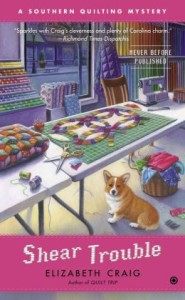by Elizabeth S. Craig, @elizabethscraig
My thirteen year old daughter uses an iPod device for most of her communications (which only works when on wi-fi) but also has a basic phone for when she’s away from wi-fi or needs to make calls. But she rarely uses the phone.
She discovered recently that she had voice mails on it. But she was having a hard time accessing them.
Sadly, I was doing something else every single time she brought this up over a period of several days. This is something I try hard to avoid as a parent. My goal is to be 100% focused on my children as they are speaking with me. But on these occasions I was either driving on an interstate highway in heavy traffic, cooking something rather complicated, or doing some sort of multitasking (poorly, I’m sure) during these conversations.Continue reading




